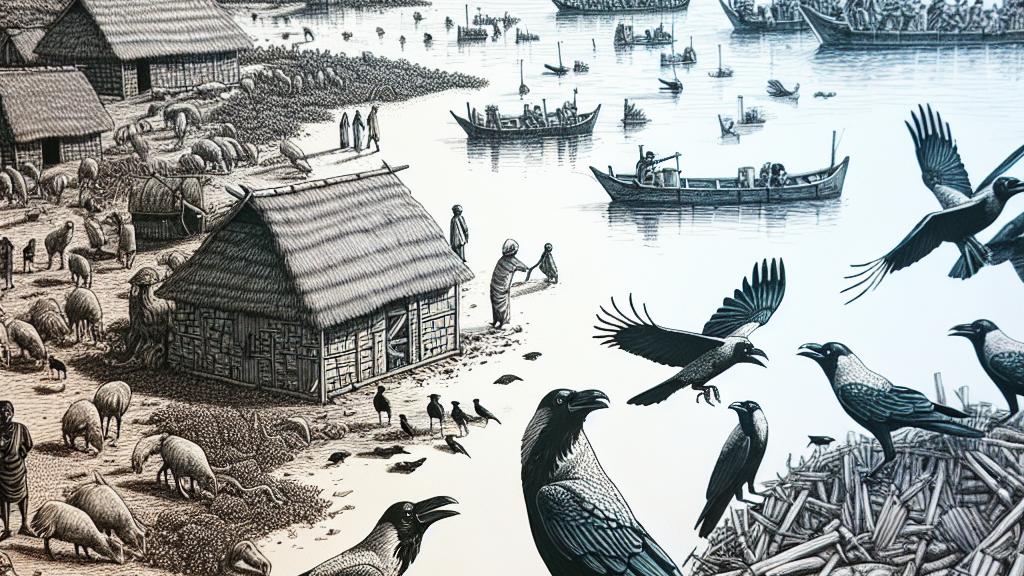Killing Crows: Kenya's Controversial Quest to Curb Invasiveness!
Overview
- Kenya launches an extensive culling program to control invasive Indian house crow populations.
- The initiative aims to mitigate severe ecological impacts and protect local agriculture.
- Debate arises over ethical concerns regarding poison use and animal welfare.

The Rise of the Indian House Crow
In Kenya, particularly in coastal regions like Watamu and Malindi, the Indian house crow, known locally as "kunguru," has emerged as a dominant invasive species. These birds were introduced in the late 19th century for waste management but have since multiplied rapidly, causing significant ecological disruptions. With their adaptability and aggressive feeding habits, Indian house crows prey on local wildlife, including endangered native bird species, as well as fish and small mammals. Reports indicate that their presence has led to the decline of vulnerable indigenous birds, which suffer from predation and nest destruction. The crows also pose a direct threat to agricultural livelihoods, raiding poultry farms and crops, leading to economic losses for farmers reliant on sustainable production in a country where food security is paramount.
Culling Strategies: A Controversial Approach
To address the challenges posed by the expanding crow population, Kenyan authorities have initiated a structured culling program aimed at reducing their numbers by up to a million. This controversial strategy relies on a method called pre-baiting, where crows are lured to specific locations through food left out, followed by the controlled use of the poison Starlicide. This approach is designed to be selective, minimizing harm to non-target species. Intensive planning and community consultations have guided the implementation of this strategy, reflecting a collective effort to balance ecosystem integrity with agricultural practices. Nonetheless, the culling operation has attracted significant attention and scrutiny, raising questions about the long-term effectiveness of poison as a control method, potential ecological consequences, and whether such drastic measures serve as a precedent for managing other invasive species.
Ethical Considerations and Broader Implications
The culling of Indian house crows in Kenya has triggered an ethical debate over animal rights and sustainable wildlife management practices. While the initiative is framed as a necessary step to preserve biodiversity, critics argue that using poison raises humanitarian concerns about the treatment of wildlife. Animal rights organizations advocate for humane alternatives, such as habitat restoration, deterrence measures, and public education aimed at reducing crow populations naturally. Furthermore, successful management relies on long-term solutions, emphasizing community involvement and raising awareness about the importance of native species. A multi-faceted approach may include monitoring crow populations and developing strategies that tackle the underlying causes of invasiveness, thus ensuring an ethical, effective, and sustainable solution in preserving Kenya's unique ecosystems in the face of future challenges.

Loading...